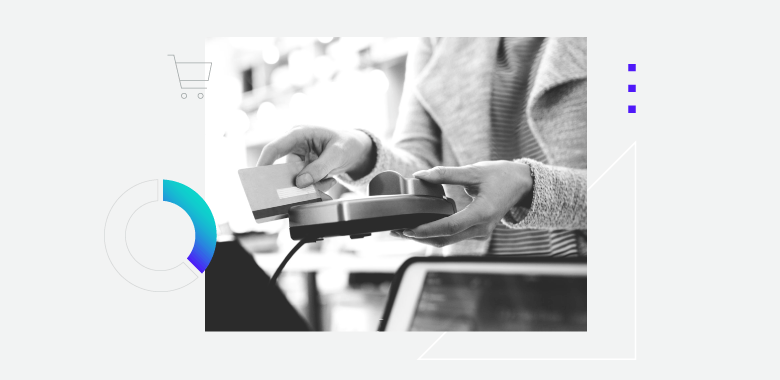
Retail & E-Commerce
What Does Luxury Mean to Consumers?
Report summary
In consumers’ eyes, luxury means quality and service.
Buying beautifully crafted products, first class travel experiences, and meals with rare ingredients are all luxurious in consumers’ eyes. Beyond the functionality of a product or enjoyment of the experience, luxury also comes part and parcel with signifiers that connote social status and make people feel part of an in-group by sharing rarified air or insider knowledge.
To better understand consumers’ habits related to luxury products and experiences, we surveyed 2,203 U.S. adults on whether they think luxurious experiences need to cost more, what attributes make up “luxury” in their minds and looked at attitudes pertaining to key industries like retail, food and travel.
Key Takeaways
- Cost isn’t everything. While luxury experiences tend to be expensive, cost isn’t the first thing on consumers’ minds when asked what defines luxury. For travel, high costs ranked last as a consideration.
- Luxury and rarity go hand in hand for food products. Consumers are most inclined to purchase luxury food and beverage items at fine dining restaurants and high-end grocery stores, as by definition luxury food is hard to find.
- Luxury experiences primarily happen in person. Great customer service is a key component of a luxurious experience in travel, dining and shopping settings. Consumers prefer to access luxury through physical channels, rather than via e-commerce.
Data Downloads
Pro+ subscribers are able to download the datasets that underpin Morning Consult Pro's reports and analysis. Contact us to get access.
Methodology
Morning Consult data featured in this report draws from a survey conducted from May 18-19, 2024 among a representative sample of 2,203 U.S. adults. All survey interviews were conducted online, and the data were weighted to approximate populations of adults based on age, gender, race, educational attainment, region, gender by age and race by educational attainment. Top-line results from the survey has a margin of error of +/-2 percentage points.
About the author
Explore more

Forget First-Class Seats and Penthouse Suites — Luxury Travel Is About Customer Service

How Consumers Are Changing Their Restaurant Habits as Inflation Continues

